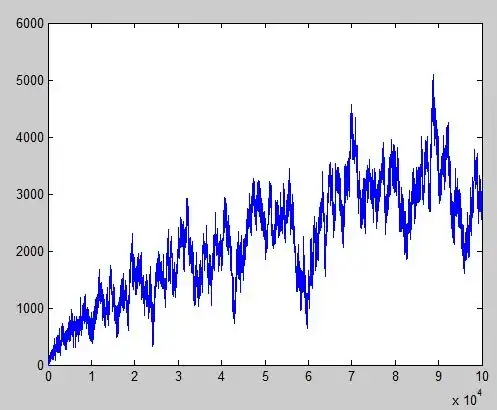Is $$f(n)= \sum_{1\leq i \leq n}\log(i) - \sum_{\text{p is prime},\ p\leq n} \log(p)^2$$ a function of $\operatorname{O}(n^{\frac{1}{2}+\epsilon})$? if no, what do we know about its asymptotic growth?
I ploted it with matlab:

Is $$f(n)= \sum_{1\leq i \leq n}\log(i) - \sum_{\text{p is prime},\ p\leq n} \log(p)^2$$ a function of $\operatorname{O}(n^{\frac{1}{2}+\epsilon})$? if no, what do we know about its asymptotic growth?
I ploted it with matlab:

On other parts of math.SE, we learn how to estimate the second term. Question about Selberg's formula
$$ \sum_{p\le x}\log(p)^2 = x \log x - x + O \left( \frac{x}{\log x}\right)$$
and yet, by derivation of Stirling formula, we get the same order of magnitude.
$$ \log n! = n \log n - n + O(\log n)$$
By the triangle inequality we can conclude a trivial bound:
$$ \sum_{p\le n}\log(p)^2 - \log n! = O \left( \frac{n}{\log n}\right) $$
The first Chebyshev function looks similar but doesn't use a square. There are lots of these estimates if you poke around math.SE
I am going to re-write your summation using the prime counting function:
$$ \sum_{n \leq x} \bigg[ \log^2 n \big(\pi(n) - \pi(n-1)\big) - \log n \bigg] $$
By the prime number theorem we know how to estimate $\pi(n) - \pi(n-1)$:
$$ \pi(x) \approx \int_0^x \frac{dt}{\log t} \quad\text{ and }\quad \pi(n) - \pi(n-1)\approx \int_n^{n+1} \frac{dt}{\log t} \approx \frac{1}{\log n}$$
This leads to us writing summation of $\log n - \log n = 0$.